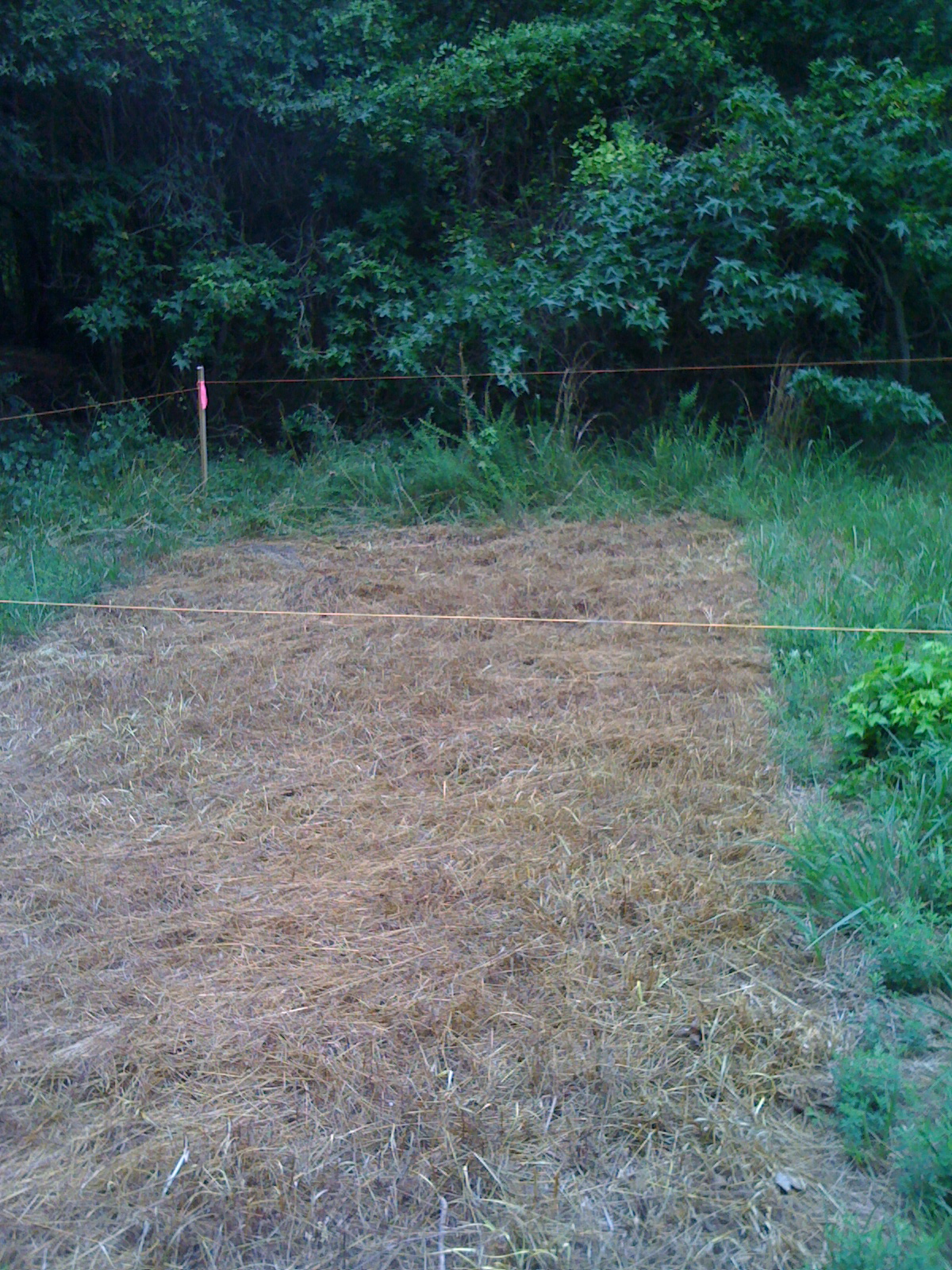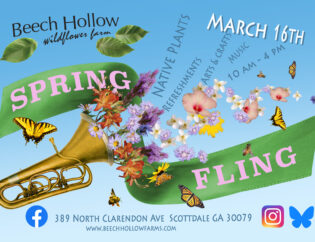I've read several articles on solarization that were released by county extension services in various parts of the country. It seems that clear plastic is more effective than black plastic, according to a couple of studies done over the past decade.
Note: The black plastic on the left was installed June 25th; most everything under the black plastic was dead. Rain had pulled the plastic back in some places, despite the use of landscape staples every two feet.


Plastic that was put down on July 6th had partially killed the grass.
July 18th, Mike and I pull up the black plastic and put down the correct clear material. We also adjusted the angle of the beds to better accommodate the slope of the hill. There are six beds, about 12 feet wide ranging from 20-30 feet wide. I have left 6 feet between beds for the tractor to navigate between the plots (it is a small tractor), it may not be enough room.
The plastic sheeting is expensive, but during the process of solarizing of course it has to stay exposed to massive amounts of UV during the hottest part of the year when the sun is it’s most intense.
At the end of the solarization period, not surprisingly, the plastic was so brittle that it was virtually impossible to pick all of it up – it kept breaking apart in our hands. It was hours of additional work trying to get these tiny shreds picked out of the beds. The Lespedezia and sweet gum saplings were not completely eradicated by this method. I think their roots may have been too deep to have been fully cooked.
It took about 8 weeks for the solarization to finish so planting could commence. The weather is still so hot, it's not a good time to plant without access to a water supply.










